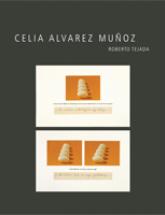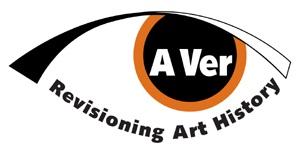Celia Alvarez Muñoz
A Ver: Revisioning Art History, Volume 3
July 2009
Born in El Paso in 1937, Celia Alvarez Muñoz grew up amid competing cultures, languages, and value systems along the U.S.-Mexico border. In this in-depth study, Roberto Tejada gives an account of the artist through biography and cultural history, in conjunction with more traditional art history and close visual analysis. As both poet and photography historian, Tejada offers a critical corollary to Alvarez Muñoz’s artistic practice: while the poet engages the arbitrariness of language, the photography historian engages the indexical nature of the image. In straddling these modes, Celia Alvarez Muñoz introduces us to an image-text artist whose art explores the first glances and misread signs that occur where cultures meet and the stories that they tell about the history of American society, culture, and modern art.
"Celia Alvarez Muñoz is an elegantly written study that situates the author's work in relation to Chicana/o cultural history as well as to (post)minimalist and (post)conceptualist art.... It lays a foundation for rethinking the canon in a way that bridges the gap between Latin American studies and U.S. art criticism."
— Claire Fox, author of The Fence and the River: Culture and Politics at the U.S. Mexico Border
To learn more about the A Ver: Revisioning Art History project, click here.
ISBN (cloth):
978-0-89551-111-9
ISBN (paper):
978-0-89551-112-6
Cloth
Paperback
138 pages.
65 color illustrations.
7.5 x 9 in.


